Introduced with Warhammer 40,000 8th Edition (Dark Imperium), the Space Marine Primaris warriors started with a few kits. Today, they stand equal to their predecessors in Codex: Space Marines for ninth edition. I’ll be discussing the primary differences between the Primaris and Firstborn or Old) Marines in this introduction. Later sections go into details about the various Primaris units and the niches they fill in play.
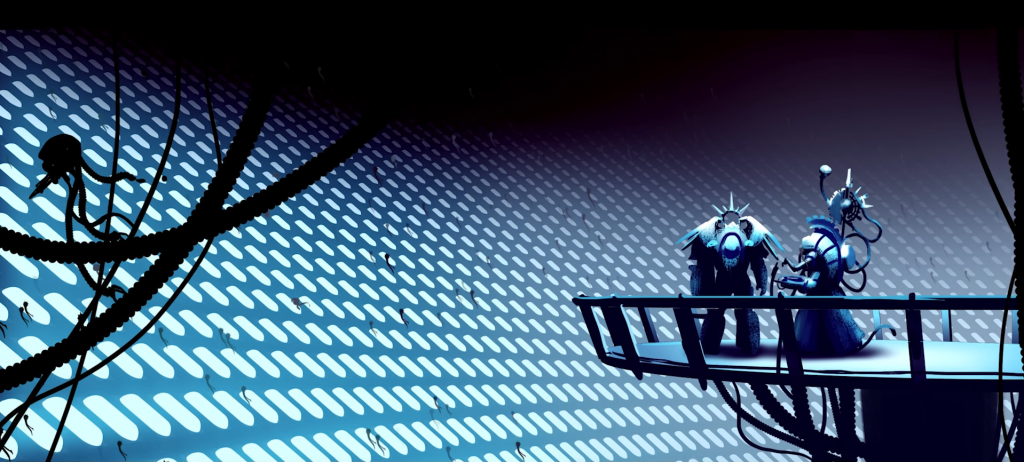
To start, Space Marine Primaris form specialist units with similar weapon loadouts. Each unit designed for a particular tasks. Whereas Firstborn Marines tend to be generalists with their units being able to take a variety of weapons and wargear. In building a force, you choose a Primaris unit, but outfit your Firstborn Marines.
Consequently, Primaris units tend to have fixed point costs and lower Power Levels. Firstborn have variable point costs and a higher Power Levels reflecting their greater points and flexibility.
The stat-lines of Primaris and Firstborn Marines tend to be identical, the only standout for this edition being an extra Attack for Primaris models. This is a big step up from 8th Edition where Firstborn Marines only had 1 Wound!
Finally, Primaris Marines tend to have more abilities listed in their datasheets than their Firstborn counterparts. This reflects my first point, Primaris units are task driven. Firstborn Marines rely on weapons and wargear to compensate.
As for models, Space Marine Primaris are much larger than regular Marines. See our size comparison below.
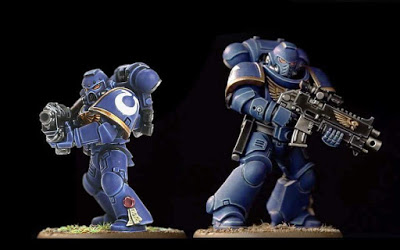
Which Troops for You?
When building your army, the question to ask is which Space Marine Primaris are for you? Give some though as to how you want to play.
Intercessors of all flavors are intended for brute force fights. Intercessors and Heavy Intercessors prefer the Shooting Phase with their long range weapons. While not specialized in it, they can do significant damage in the Fight Phase. Especially if you’ve softened them up with a turn or two of shooting.
The Assault Intercessors emphasis the Fight Phase. They work hand in hand with shootier Space Marines. Their ranged brothers weaken targets and the Assault Intercessors sweep in to clear them away.
The Infiltrator and Incursor Squads reflect an aggressive, forward deployed style of fighting. They’re designed to flood the battlefield outside your deployment zone. You’ll be putting pressure on your opponent much sooner and seizing objectives. However, while you’re pressuring your foe, he can concentrate more of his army on small chunks of yours. It is a delicate, but satisfying balancing act, keeping them alive until the rest of your army can link up!
Let’s dig into the choices in detail.
Space Marine Primaris Troops
Units found in the Troops category usually form the largest part of a force. They tend to be cheap and not have many specials abilities. However, Space Marines are an elite force and even their Troop selections are powerful and skilled. Let’s take a look at those units.
Intercessor Squad
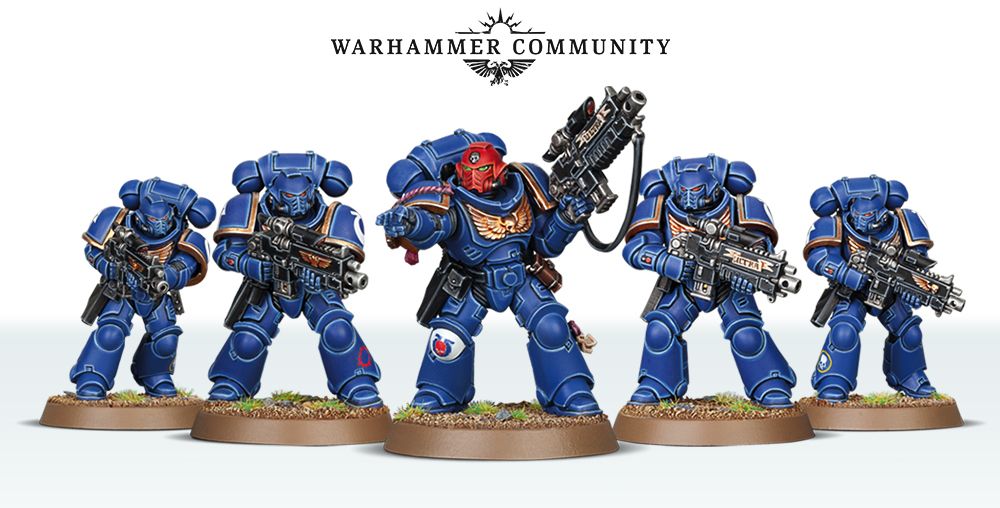
Somewhat akin to a Tactical Squad, Intercessors form the basic rifle squad for Primaris focused units. While they have a choice of rifles to carry, you should arm them according to intended use. Aggressive units should carry auto bolt rifles for the short range firepower. Defensive and stationary units want the stalker bolt rifles for vastly improved range, AP, and Damage characteristics. The regular bolt rifle provides a good mix of range and AP for more generalist units.
Units, except for those armed with stalker bolt rifles, may want to include their limit of Astartes grenade launchers. The grenade launcher adds a Strength 6 attack with the krak grenade for harder targets. For low toughness targets, the frag profile allows D6 attacks for engaging hordes.
Most Sergeants should carry some form of melee weapon, even if it just an Astartes chain sword. Power fists and Thunder hammers are great choices when using Power Level or if you have the points for them. While inaccurate, they are hard hitting and deal multiple wounds. There is an additional option to replace the Sergeant’s rifle with an additional melee weapon or pistol. I would not encourage that. The squad’s purpose is to engage at range and the loss dilutes your firepower too much.
Assault Intercessor Squad
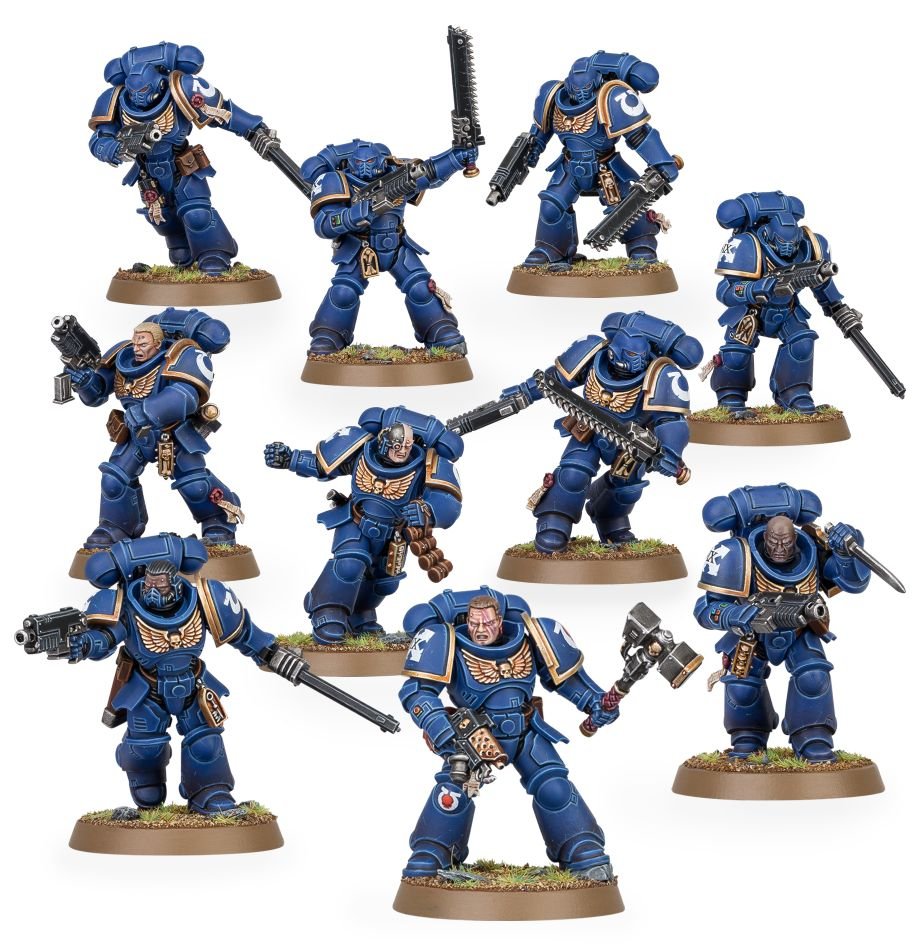
Your Assault Intercessors, are intended to get close and destroy the enemy in melee. Consequently, they are armed with Astartes chainswords and heavy bolt pistols. Other than the sergeant, they have no weapon options.
Sergeants in Assault Intercessor Squads should tool up as much as your selection of bitz and point budget allows. Thunder hammers and power fists are your best alternate melee weapon. The plasma pistol, however, beats out the hand flamer. The squad is already tooled up to take on low toughness hordes, while the plasma pistol provides some high Strength ranged fire.
Heavy Intercessor Squad
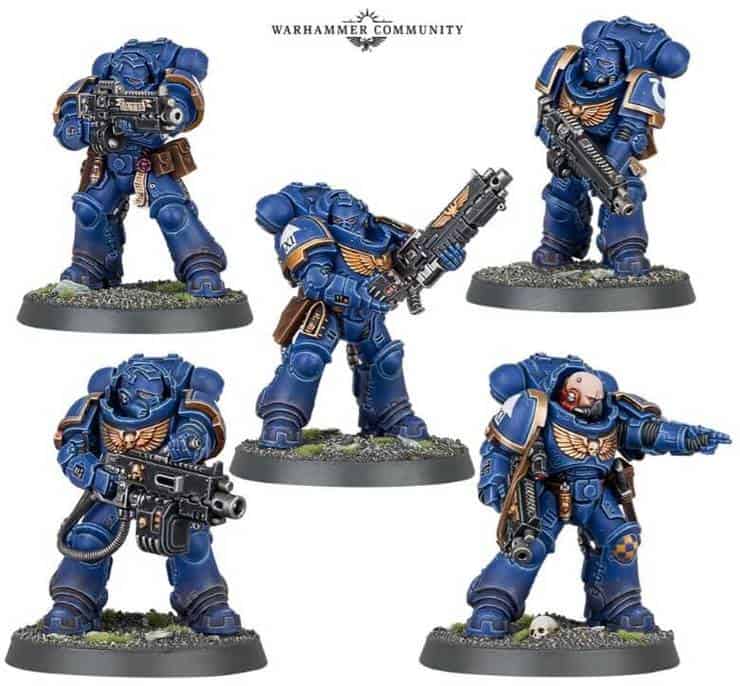
At the time of this writing, Heavy Intercessors have not been released. expect to see the models released in 2021.
Clad in heavy Mk X Gravis armor, Heavy Intercessors posses increased Toughness, 5, and 3 Wounds making them more difficult to wound and remove from play. The rifles they carry, are also larger, longer ranged, and harder hitting than their Intercessor counterparts. However, with these built in bonuses, Heavy Intercessors have a higher point and power level cost.
Choose your primary rifle carefully. Your support weapon is tied to that choice. For instance, the heavy bolters are only issued to units equipped with heavy bolt rifles.
As a long ranged unit, your Sergeant does not have a melee weapon option. Stay at range and try not to get locked down!
Infiltrator Squad
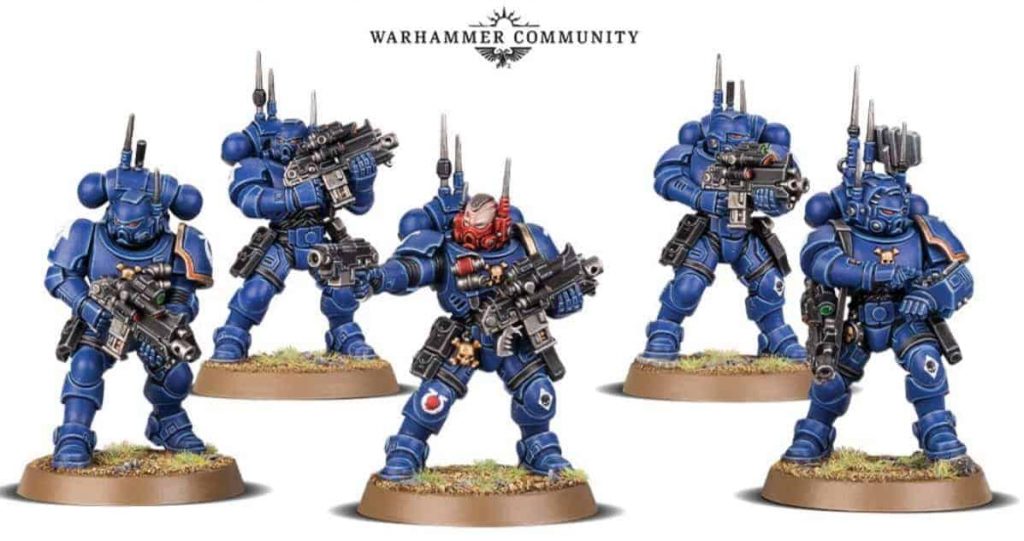
Wearing the lighter, stealthy Phobos armor, Infiltrators use the Concealed Positions ability to set up outside your deployment zone. Setting up anywhere more than 9 inches from an enemy unit provides you with a variety of area denial and control flexibility.
Other than their forward deployment capability, their Omni-scrambler prevents enemy reinforcements from setting up within 12 inches of them. Greatly increasing that area denial capability. The marksman bolt carabine is the equivalent of a bolt gun, but auto wounds on 6’s to hit.
The one choice of gear given to the squad is between a helix gauntlet or infiltrator comms array. The comms array feels like a better choice as the squad benefits from Rites of Battle and Tactical Precision from a character in Phobos armor regardless of location on the board. Others may prefer damage reduction of the helix gauntlet, but it can be very situational as it is the first failed armor save in a unit. It could occur from a lasgun or a plasma cannon and you have no control over it.
Incursor Squad
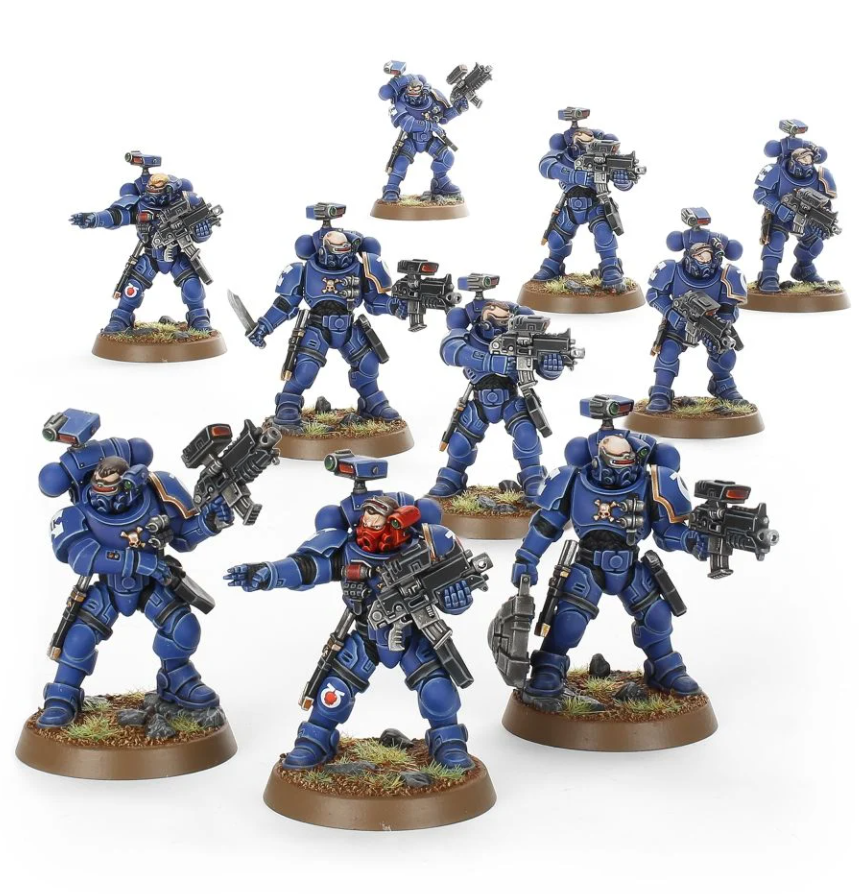
Another sneaky operative, Incursor squads share the Infiltrator’s model box and Concealed Positions ability. However, where as the Infiltrators focus on denying positions to the enemy, Incursors are supposed to take it.
To assist in that task, Incursor units carry a multi-spectrum array which eliminates any or all hit roll and Ballistic Skill modifiers. On top of that, their occulus bolt carbines deny enemy units cover modifiers. Once they’ve closed the range and softened up their target, a final charge with paired combat blades pushes the foe off the objective.
Finally, the haywire mine option may cause your opponent to hesitate charging your Incursor. It inflicts a D3 mortal wounds to a unit or a straight 3 to vehicles. You have to decide when to use it as it is only available once per game.
Our Space Marine Primaris Series
Space Marine Primaris Beginners Overview – Your Troop selections and what differentiates Primaris from regular Space Marines.
Primaris Marine Leaders, Your HQs
Best of the Best, Primaris Marine Elites
Lightning Strike, Primaris Fast Attack
Hammers of War, Primaris Heavy Support
Heavy Metal, Primaris Tanks and Transports

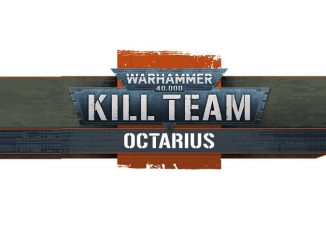
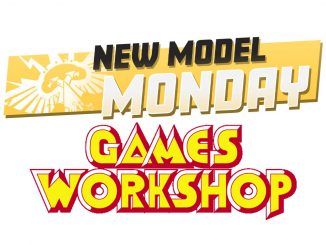
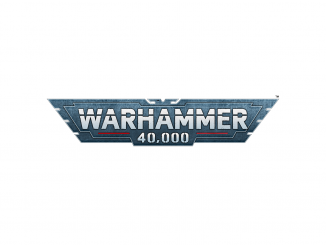
Be the first to comment